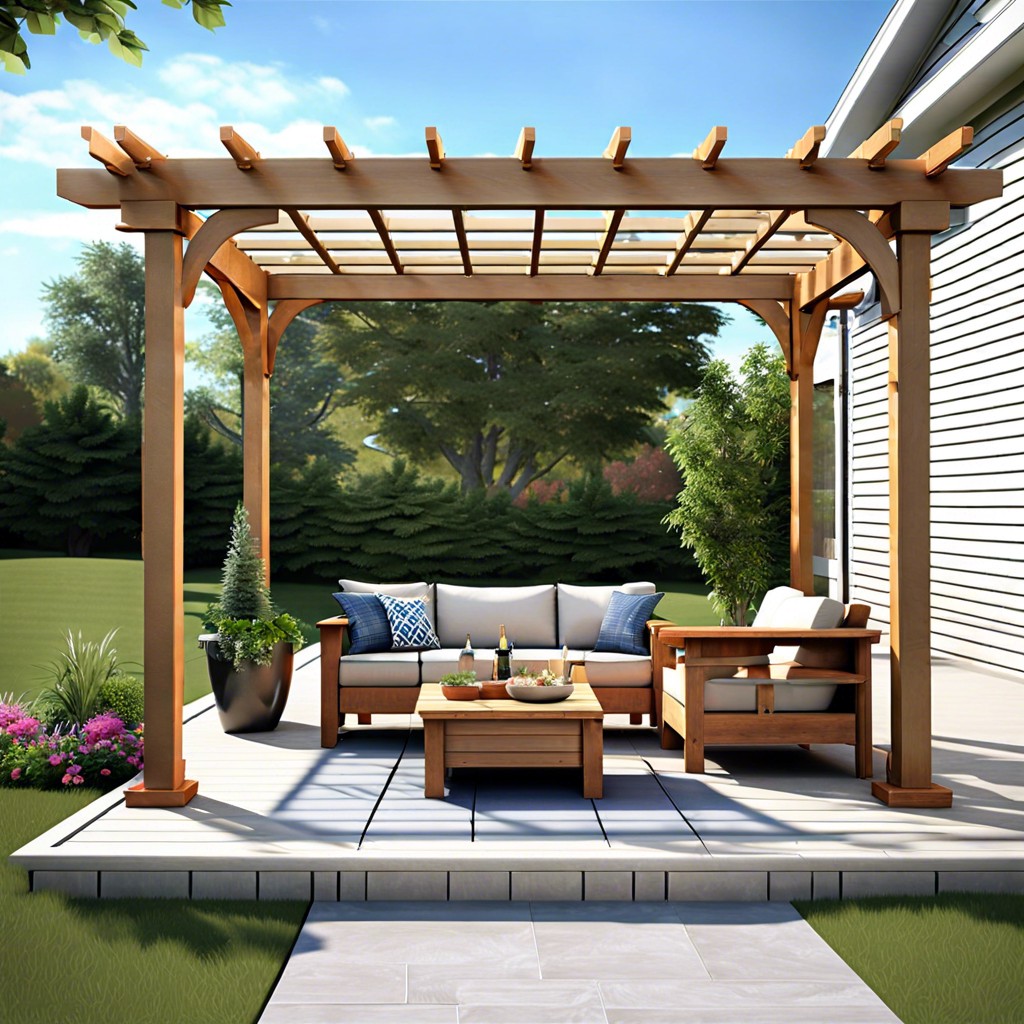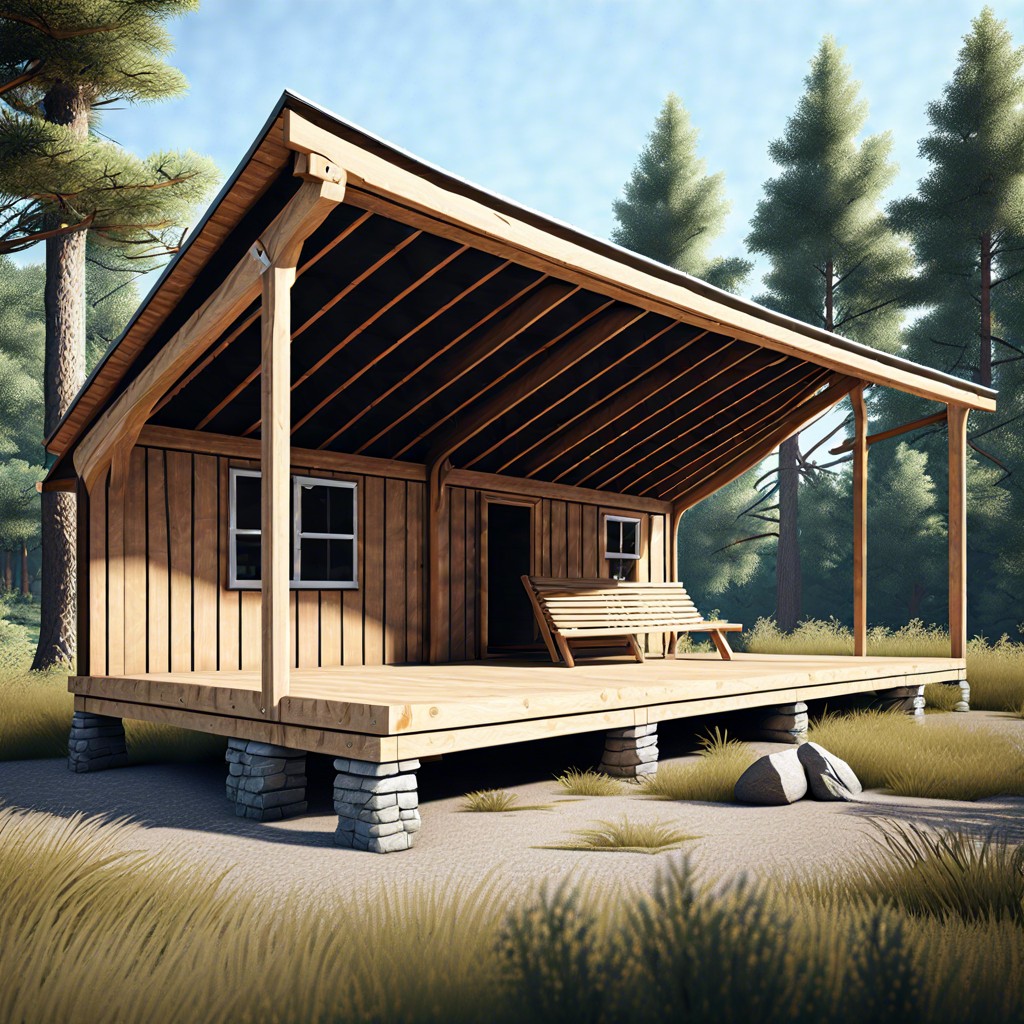Last updated on
Learn what a roof deck is, why it’s important, and how it can benefit your home.
Key takeaways:
- Roof decking supports roofing materials.
- Roof decking adds a barrier against the elements.
- Roof decking provides structural integrity and insulation.
- Damaged roof decking can lead to sags, leaks, and soft spots.
- A new roof doesn’t always require new decking.
Roof Decking Explained – What Is It?

Think of roof decking as the unsung hero of your home’s canopy. It’s the foundation that forms the base for your roofing materials. Typically made of wood, plywood, or oriented strand board (OSB), it plays a critical role in supporting shingles, tiles, or metal sheets.
- Support Structure: Roof decking acts like a sturdy mattress for your shingles. Without it, your roofing materials would have nothing to cling to.
- Barrier: It adds an extra layer between your home and the elements, keeping rain, snow, and pesky critters at bay.
- Strength: Provides overall structural integrity to your roof, making sure everything stays in place and doesn’t succumb to wind or weight pressures.
- Insulation: Although not its primary role, good roof decking adds a bit of insulating value, helping your home stay cozy or cool, depending on the season.
Just imagine a sandwich without the bread. Messy, right? That’s your roof without decking.
How Does Roof Decking Affect Ventilation?
Good ventilation is like the secret sauce in your grandmother’s lasagna—absolutely crucial, but often overlooked. The roof decking’s role in ventilation keeps your attic from turning into a sauna and helps prevent mold and mildew.
First off, imagine your house wearing a hat with no holes. Not ideal, right? Roof decking allows air to flow, balancing indoor and outdoor temperatures.
- It has gaps or vent spaces which ensure fresh air circulates, maintaining a consistent temperature beneath the roof.
- By promoting airflow, it mitigates moisture buildup, reducing the chances of wood rot and structural damage.
- It also keeps your energy bills in check by supporting the work your HVAC system does.
So, roof decking doesn’t just sit there looking pretty; it’s doing some heavy lifting in the ventilation department.
When Should I Replace My Roof Decking?
It’s time to consider new roof decking when you spot sagging between the rafters. Saggy roofs might work for haunted houses, but not for your charming abode.
Water stains or moisture marks are another red flag. If your attic looks like it’s been redecorated by a leaky skylight, you may be due for a decking update.
Cracking and squeaking noises can be indicators too. If your roof sounds like it’s auditioning for a horror movie every time someone walks on it, it’s better to be safe than sorry.
Lastly, if you’re replacing your shingles or tiles, it’s a perfect time to check the decking. Think of it as giving your roof a complete spa day rather than just a quick face mask. You wouldn’t put new wallpaper over crumbling drywall, would you?
Does a New Roof Mean New Decking?
Not necessarily! Replacing a roof doesn’t always mean you’ll need new decking. Here’s the scoop:
First, it depends on the condition of your current decking. If it’s solid and not showing signs of rot, warping, or damage, you might be off the hook for a complete overhaul.
Next, check for any signs of moisture damage. Damp spots and mold are huge red flags. If you find any, it’s time for a decking upgrade.
Third, consider the age of your decking. Even if it looks okay, age can compromise its integrity. Like your grandma’s famous pie recipe, older isn’t always better in this case.
Finally, what’s under your shingles might surprise you. Hidden problems can lurk beneath, so it’s worth getting a pro’s opinion before making a decision. Better safe than sorry, right?
How Can I Tell If I Have Damaged Roof Decking?
Grab your magnifying glasses, folks. Spotting damaged roof decking can feel like a detective game, minus the trench coat. Here are a few clues to look for:
- Sagging Roof: If your roof looks more wavy than your favorite roller coaster, it’s a red flag. Sagging often means the decking has weakened or been compromised.
- Leaky Ceilings: Water stains on your ceiling are like breadcrumbs leading to the culprit. Moisture can wreak havoc on your roof decking.
- Visible Gaps or Holes: Time to channel your inner Sherlock Holmes. Inspect your attic for light sneaking through where it shouldn’t. If the sun’s showing up uninvited, your decking might be compromised.
- Soft Spots: No, we’re not talking about your fondness for cute kittens. Walk on your roof (carefully) and check for areas that feel spongy or soft. They could be rotten or deteriorated decking.
- Mold or Mildew: A roof that sports more mold than a science experiment in middle school? You might have water damage that’s reached the decking. Ew, right?
Regular inspections can save you loads of hassle, so keep an eye out!




